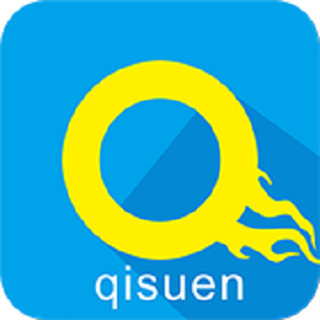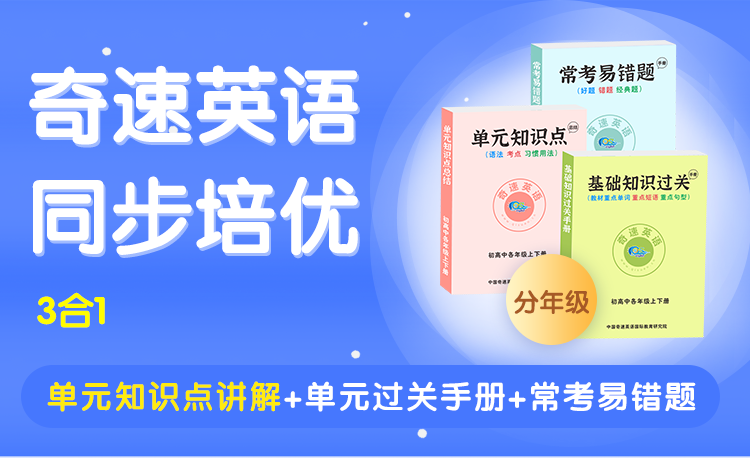
For many years, tourism in China was often characterized by large groups visiting famous landmarks, a style sometimes called “checklist travel”. However, this is rapidly changing. According to a recent report from the Chinese Academy of Social Sciences, rising incomes and more diverse offerings from the tourism industry are reshaping how people explore the country.
A significant shift is the evolution of tourism consumption. Data from platforms like Meituan shows a move away from simple sightseeing towards a wider range of immersive experiences, including dining, entertainment, and shopping. The structure of spending is changing; tickets for scenic spots are now often seen as just a starting point, with more money being spent on the surrounding areas for meals, stays, and leisure activities. This reflects a deeper desire for comprehensive experiences rather than just visiting isolated attractions.
This trend is closely linked to a growing blend between tourism and local life. Travelers are increasingly seeking everyday experiences, such as visiting local markets or trying regional specialties. They want a blend of novelty and a genuine connection to the local culture. In this new landscape, digital platforms play a crucial role. Online reviews, rankings, and social media heavily influence travel plans, helping tourists discover new destinations and activities.
Several new trends are emerging. “Reverse tourism”, where travelers choose lesser-known cities over crowded hotspots, and “alternative tourism”, seeking budget-friendly substitutes, are gaining popularity. For instance, cities like Tianshui in Gansu province saw a lot of visitors after a video about its local food went viral online. Similarly, the city of Huaihua capitalized on a viral Internet trend by offering tourist discounts, generating millions in revenue (收入) within days. Furthermore, personalized travel, such as self-driving tours and solo travel, has seen a significant increase.
Looking ahead, experts agree that digitalization will continue to be pivotal, enabling more personalized and efficient travel experiences.





 更多优质学习内容
更多优质学习内容



